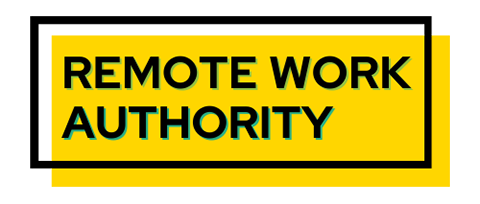After the CDC called the end of the Covid public health emergency, CEOs got serious about calling workers back to the office. Resurging Covid numbers calls into question whether this is a wise idea. Flexible working options can help prevent the spread of the disease.
In September, many return-to-office (RTO) mandates went into effect with the result that September could have the largest onsite work numbers since early 2020. However, a resurgence of pandemic cases might make the RTO thrust futile and unwise.
From a safety standpoint, there is no good reason that everyone who can work remotely must do so. Working outside the office became so popular during the pandemic that many workers are making remote work at least part of the week a rallying point. The disagreements between labor and management over this issue have little to do with fear of Covid. Yet, Covid may be what establishes remote work as an ongoing option.
CEOs Say Covid Is Over
Over three years after Covid-19 became the most deadly worldwide in over a century, the CDC called the end to the Covid public health emergency in May 2023. The agency will continue to monitor the trends in Covid-19 hospital admissions and emergency room visits, deaths, and regional positivity data, but most extra precautions taken earlier toward the pandemic will cease.
How much the CDC’s decision guided the decision of many CEOs to call their employees back to the office is up for grabs, but Fortune makes a strong case that businesses decided that the pandemic was over. By early September, record numbers of employees were expected to be back in the office at least part of the week. The predictions were that in-office attendance would be as high as 65% in some places, the highest it has been in three years.

But Not So Fast – Resurging Covid Numbers Call RTO Into Question
At the moment, rising Covid numbers from a new variant Pirola BA.2.86 indicate that those at high risk of exposure – the immunocompromised, the elderly, and those with preexisting conditions – should avoid crowded indoor settings or wear masks. The predictions are that the disease may once again, in fact, overcome large numbers of people. Even groups who are not at risk could bring home the germs to susceptible or unvaccinated loved ones.
The potential of Covid spread is unlikely to stop the economy dead in its tracks, as was the case in 2020. We’ve all learned something in those years about preventing the spread of disease; plus, 70% of those in the U.S. are considered fully vaccinated, while 81% have received at least one dose. Schools, restaurants, and many other businesses are still recovering from the closures of 2020, so there is virtually no likelihood of a widespread shutdown at this time.
However, bad outbreaks of the disease could occur in some locales. Scientists and friends of science, such as Bill Gates, maintain that harmful pandemics are likely to appear periodically. Every year, workers are subject to contracting the flu and are forced to call in sick or expose others to the disease by coming to work. At those times, businesses would be well advised to have systems in place that would allow much of their office staff to work remotely.

Remote Work Matured As An Option During The Pandemic
In 2020, when the pandemic disrupted modern life, some businesses employed remote workers or used contractors to do the job. For many firms, however, 2020 was a wake-up call about how ill-prepared both workers and management were to convert to remote work. Companies lacked policies to cover remote workers, and communication systems that allowed virtual meetings needed updating.
Over the past three years, businesses and workers learned the value of being flexible – an appropriate response to a fluid health situation. By the end of 2023, 2.5 million workers will fill 100 square feet of office space at least part of each week. If Covid numbers rise to concerning numbers, many would be put at unnecessary risk.
The Potential Threat Of Inflexible RTO
This situation is of great concern to work-from-home expert Nick Bloom, head of WFH Research, who sends a Survey of Working Arrangements and Attitudes (SWAA) to 10,000 monthly. In July, he found that 633 respondents said they had been sick over the past month, yet 76% went into the office. This forewarns that in the case of a worsening Covid outbreak, many required to come to the office would do so, perhaps with disastrous health consequences.


When a company demands RTO, the likelihood is great that many might risk infecting others to save their jobs. As Bloom told Fortune, “They have a performance review at the end of the week or next week. They’re stressed, and they’re worried [working from home] won’t look good.”
Bloom continues that flexibility (and being able to make choices) is an asset in situations like this. “Being able to work from home is a really useful alternative in that situation. I can tell my manager I don’t feel great, and maybe I won’t work a full day. But I can at least do some critical things, and that flexibility should dramatically reduce infection rates.”
To control ongoing Covid threats, remote work should be a viable option.


